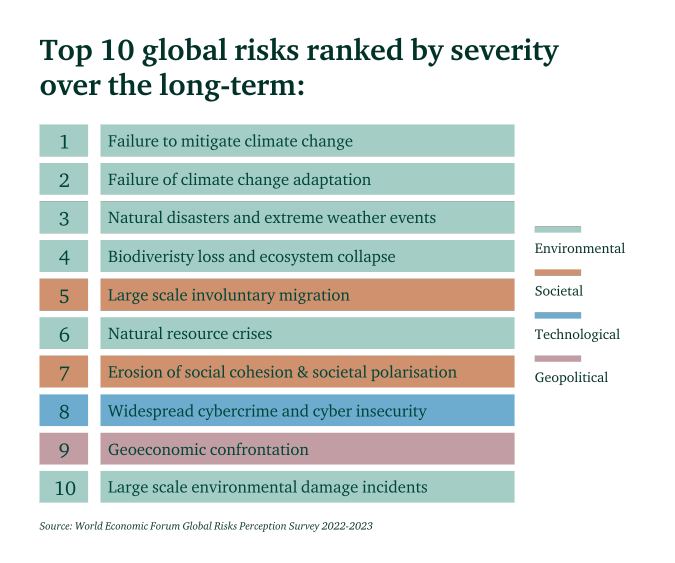Introduction
The impact of rights of light claims on development projects has been a concern for UK developers for several years now, but, until relatively recently, Ireland had managed to buck the trend.
However, as Ireland enjoys a period of heightened development, rights of light issues have become an increased topic of debate. Urban development is on the rise fuelled by a lack of housing in cities such as Dublin and Cork. The effects of Brexit are also being felt with a number of international companies relocating to Ireland as their European headquarters, increasing the demand for both office space and housing. Cities such as Dublin have proposed increasing their building height restriction to potentially 25 stories, to deal with this demand, which will only lead to further discussions around
rights of light.
So what is a right to light?
A right to light is an easement that gives a property owner the right to receive light through defined apertures in their building. Disputes can therefore arise when new developments threaten to obstruct this right.
A right to light in Ireland was initially established by the 1858 Prescription Act, the same act that is in effect in the UK today. However, this law was repealed by the 2009 Law Reform Act, which reduced the period of use and enjoyment needed to acquire a right through prescription from 20 to 12 years.
There have already been large losses for developers as a result of rights of light claims in Ireland. One of the most notable rights of light cases relates to the re-development of City Quay, Dublin where in 2018 the Immaculate Heart of Mary church adjoining the development was paid €3.5 million in compensation for their loss of light after objecting to the neighbouring development. The settlement included compensation and also an obligation to undertake improvement works on the exterior of the church.
High profile claims such as this with large losses for the developer has resulted in increasing awareness of rights of light in Ireland, something any developer operating in Ireland should be mindful of
How insurance can help
Rights of light insurance is taken out by the developer to mitigate the financial risk of a third party coming forward attempting to enforce their right to light.
Some of the typical losses covered by a policy include:
- Settlement costs to injured third parties, over and above any excess that might be in place.
- Legal and professional fees incurred defending a claim.
- Abortive costs and the cost of demolishing, altering or reconfiguring part or all of the property if required by a court order or settlement agreement, as well as any loss in market value.
- Delay costs and loss of rent (can also be included under the policy for an additional premium).
A rights of light insurance strategy consists of three different options of cover, which are outlined below. Generally,a strategy is made up of a combination of these three approaches depending on the level of injury caused by the development and the third parties involved.
- Wait and see – No contact is allowed with the injured properties and in the event an injured third party comes forward any settlement costs and professional fees will be borne by the insurer up to the limit of indemnity.
- Reactive agreed conduct – In the event an injured third party comes forward you can negotiate a settlement with this party within the excess defined in the policy. Legal and other professional fees will not reduce the excess, and these
- must be borne by the insured. You must not contact these parties with regards to rights of light.
- Proactive agreed conduct – The insured is expected to proactively negotiate a settlement with these third parties, within the policy excess. If the settlement exceeds the excess or there is an injunction the policy will then respond. Legal and other professional fees will not reduce the excess, and these must be borne by the insured.
Insurance is a solution that mitigates financial loss in the event of a claim, however, the only thing that can truly mitigate the risk including the time and stress involved; is releasing the issue with the third party. This is where the agreed conduct style of policy has become increasingly popular in the right to light market, especially where there are high levels of injuries to third party properties and it would not fit within good developer conduct to ignore the injured party. It is also used where there are good relationships between the third party and the developer or a mutual release is being sought. In these scenarios rights of light insurance provides “catastrophe” cover in the event that relations sour and a reasonable settlement cannot be agreed or injunction proceedings are commenced by the injured party.
Information Required
In order to look to obtain insurance the following will be required:
- A copy of the right to light report
- Copies of the title register and plans to the property
- Details of the development and confirmation of the planning status
- Details of any material objections or contact by third parties
- Details of any neighbourly matters that might be required – i.e. party wall agreements, crane over sail licences
- The GDV of the development
- The anticipated profit of the development – if known
- Details of any legal DD carried out of any of the neighbouring properties – if available
Rights of light insurance is a valuable tool for developers in Ireland, offering financial protection and legal support in the face of potential disputes arising from new developments. As urban landscapes evolve, understanding the impact of a right to light becomes increasingly important. Developers should carefully consider their options and consult with surveyors, legal and insurance professionals to ensure comprehensive coverage and protection of their development.
The McGill and Partners Legal Indemnity team have completed thousands of deals and have experience in the most complex of situations, creating new solutions in conjunction with developers and insurers.



